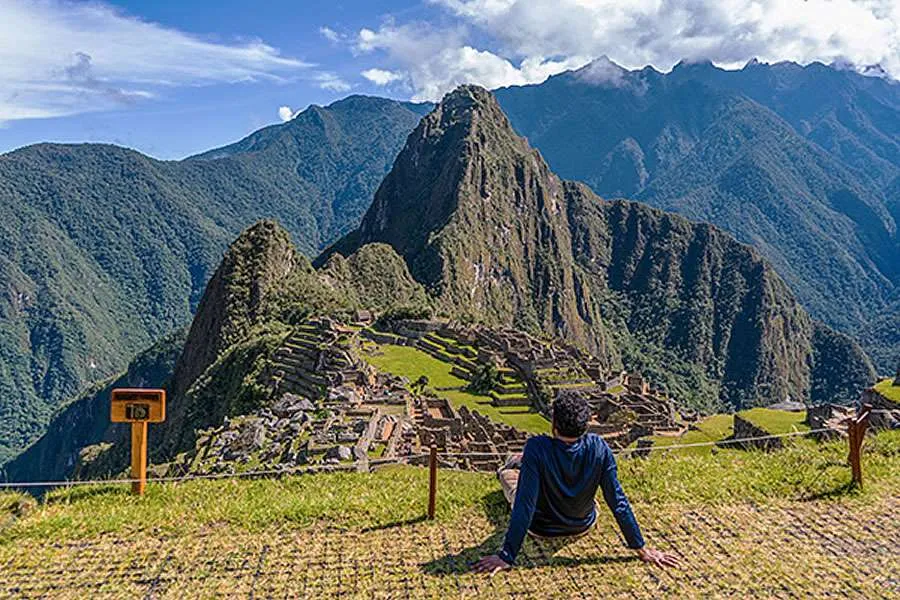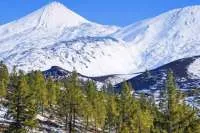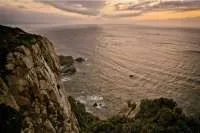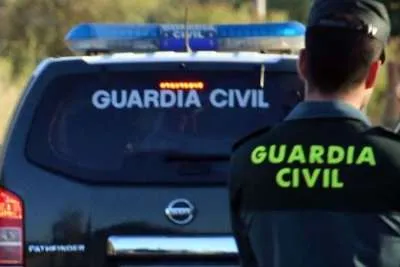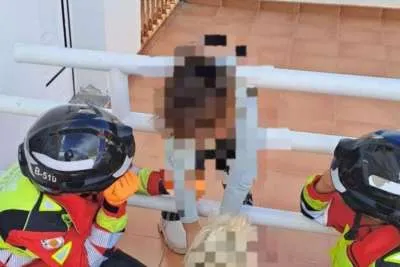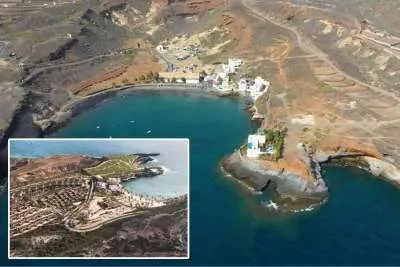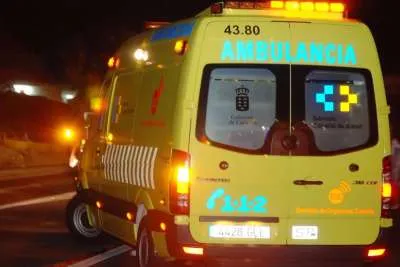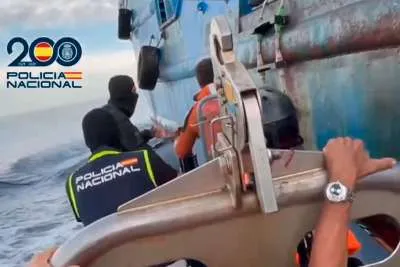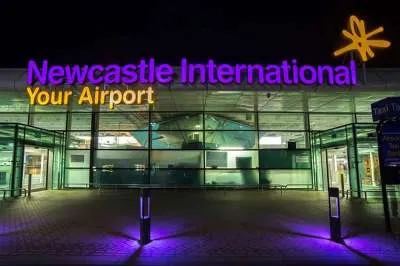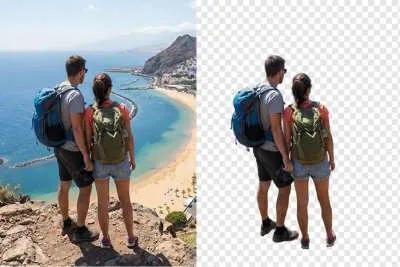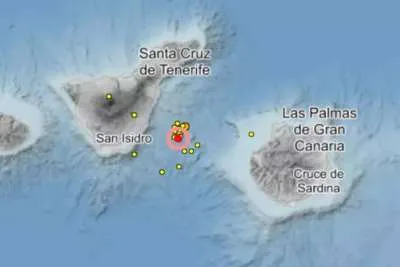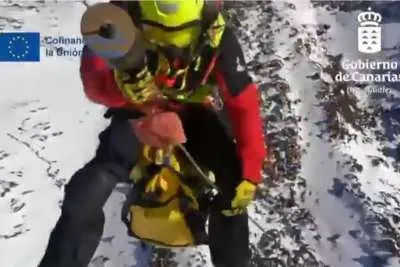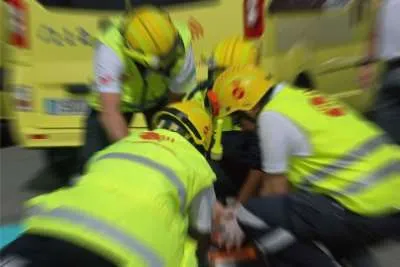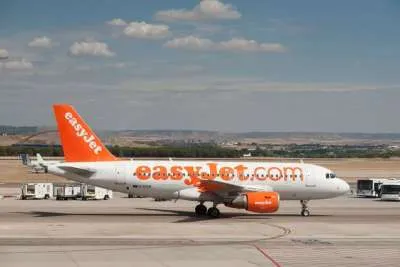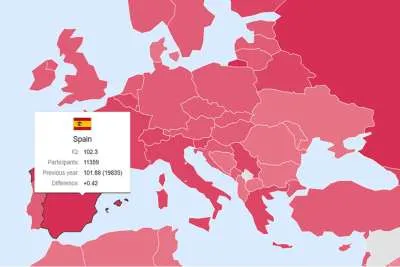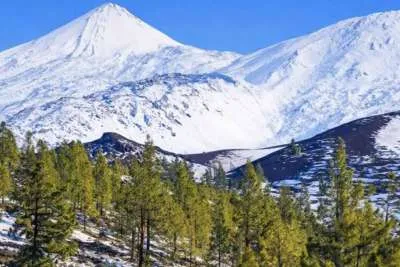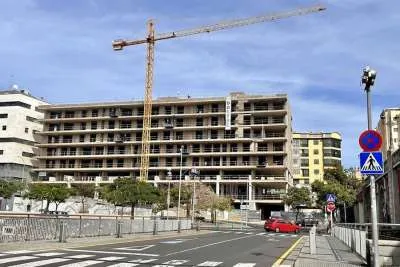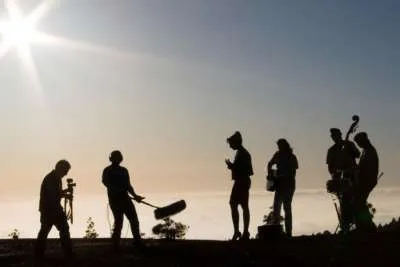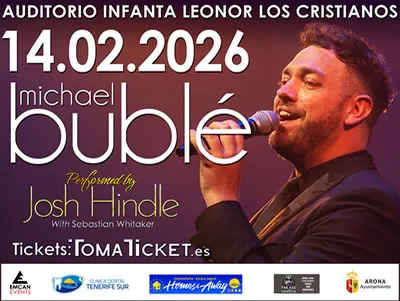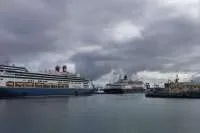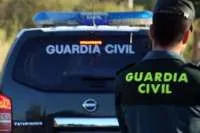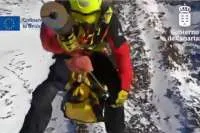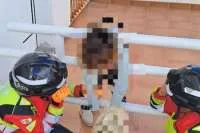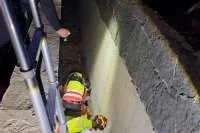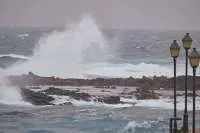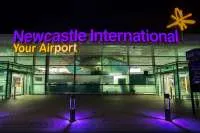Machu Picchu: The Complete Traveller's Guide to Peru's Crown Jewel
- 04-08-2025
- Travel
- collaborative post
- Photo Credit: Supplied
While medieval Europeans were raising Gothic cathedrals with iron and mortar, the Incas were constructing cities without wheels or beasts of burden, carving agricultural terraces into vertiginous mountainsides and aligning their temples with celestial movements. Machu Picchu stands as the crown jewel of that remarkable legacy, not built merely to endure, but crafted for eternity.
Nestled among mist-shrouded peaks and verdant cloud forest, this 15th-century Inca citadel has survived abandonment, conquest, and mass tourism. In this comprehensive guide, you'll discover everything needed to visit this UNESCO World Heritage site with purpose: how to get there, when to go, what to see, costs involved, and critical mistakes to avoid. When visiting one of the few wonders of the world that still breathes within its original environment, it's worth doing it right.
MACHU PICCHU AT A GLANCE
• Annual visitors: 956,000 (2023)
• Daily capacity: 5,600 people
• Official circuits: 3 main circuits with 10 routes (as of June 2024)
• Elevation: 7,972 feet above sea level (subtropical zone)
• World Wonder designation: Since 2007
• UNESCO World Heritage: Since 1983
UNDERSTANDING MACHU PICCHU: MORE THAN ANCIENT RUINS
Machu Picchu is a 15th-century Inca citadel built by Emperor Pachacuti high in the Andes, at 7,972 feet above sea level, in the transition zone between the Cordillera and the Amazon rainforest. Located in the Machupicchu district within Peru's Cusco region, this archaeological marvel defies the common label of "ruins". What stands here isn't in ruins, but remarkably intact.
The site showcases architectural precision that continues to baffle modern engineers and archaeologists. Constructed with precisely cut stone blocks fitted without mortar, invisible hydraulic channels, terraces that still drain rainwater effectively, and temples oriented according to solar and stellar movements, Machu Picchu served multiple functions: religious sanctuary, astronomical centre, administrative complex, and royal estate, all simultaneously.
What's certain is that this wasn't a common city but a sacred, strategic space reserved for the Inca elite. Though local farmers always knew of its existence, Machu Picchu remained off the global radar until American explorer Hiram Bingham arrived in 1911 and introduced it to the Western world.
The site's impact transcends its location or aesthetics; it's the intelligence behind its construction that astounds. In a highly variable climate of intense rains, constant mist, and seismic activity, Machu Picchu has withstood centuries without collapse, dominating yet integrating seamlessly with the landscape.
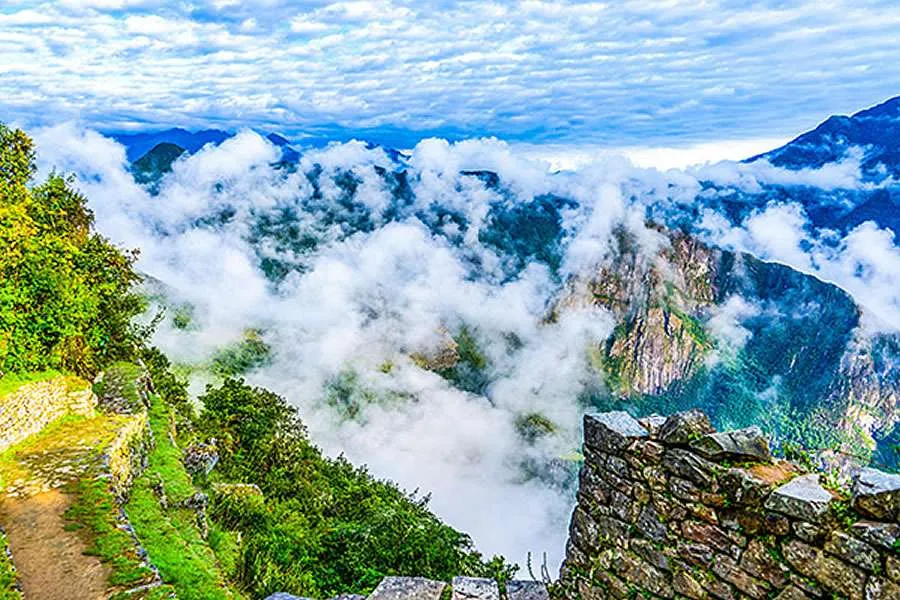
GETTING TO MACHU PICCHU: YOUR ROUTE OPTIONS
Though Machu Picchu appears isolated among mountains, reaching it is more straightforward than many anticipate. The key is understanding that no direct road leads to the citadel or its nearest town. Your final destination is Aguas Calientes (also called Machu Picchu Pueblo), from where you access the archaeological site by bus or on foot. Two primary routes lead to Aguas Calientes: by train or by trekking.
Option 1: By Train
From Cusco (Poroy or San Pedro stations):
• Expedition/Voyager: 4 hrs | $120–160 | Standard–High
• Vistadome/360°: 4 hrs | $200–250 | High
• Hiram Bingham / First Class: 4 hrs | $400–500 | Luxury
From Ollantaytambo (Sacred Valley):
• Expedition/Voyager: 2 hrs | $100–140 | Standard–High
• Vistadome/360°: 2 hrs | $150–200 | High
• Hiram Bingham / First Class: 2 hrs | $400–500 | Luxury
Advantages: Fast, secure, assigned seating, panoramic windows, and tourist services.
Disadvantages: High prices, limited local interaction, restricted schedules
Recommendation: If time is limited or maximum comfort is desired, trains are optimal. If you're already in the Sacred Valley (Pisac, Urubamba), departing from Ollantaytambo is most practical.
Option 2: Trekking Routes
For those seeking a deeper, transformative experience, walking to Machu Picchu isn't just transportation, it's integral to the journey. Several trekking routes end in Aguas Calientes or directly at the citadel, each offering distinct difficulty levels and landscapes.
• Classic Inca Trail: 4 days, Moderate–High, 13,828 ft, Permit required (500/day). The original route used by the Incas. Most regulated and symbolic, requiring reservations months in advance.
• Salkantay Trek: 5 days, Moderate–High, 15,190 ft, No permits. Ideal for pristine nature and ecosystem diversity: snow-capped mountains, cloud forest, and high jungle. No special permit required.
• Inca Jungle: 4 days, Low–Medium, 14,107 ft, No permits. Adventure mix (cycling, rafting, hiking). Popular with younger travellers.
• Hydroelectric Route: 1 day, Low, 6,890 ft, No permits. Most economical option. Bus to Santa Teresa, then walk along the train tracks (approximately 6 miles) to Aguas Calientes.
Recommendation: With good physical condition and sufficient time, walking to Machu Picchu transforms your experience. It's about building the experience step by step through unique ecosystems and landscapes.
WHEN TO VISIT MACHU PICCHU?
The Peruvian Andes, particularly around Cusco, don't follow traditional four-season patterns. Here, only two distinct climatic seasons exist: dry season and rainy season. While each offers advantages, Machu Picchu's weather can change multiple times daily without warning, part of its unpredictable, intense, ever-changing nature.
• Dry Season – April to October – Sunny days, cold nights – High tourist volume (June–August) – Ideal for trekking and photography. Expect crowds.
• Rainy Season – November to March – Frequent rain, humid heat – Low to medium volume – Lush green landscapes, fewer crowds.
Note: Weather in the Andes and cloud forest is highly variable. Sun or rain can surprise you in any month.
WHAT TO SEE IN MACHU PICCHU?
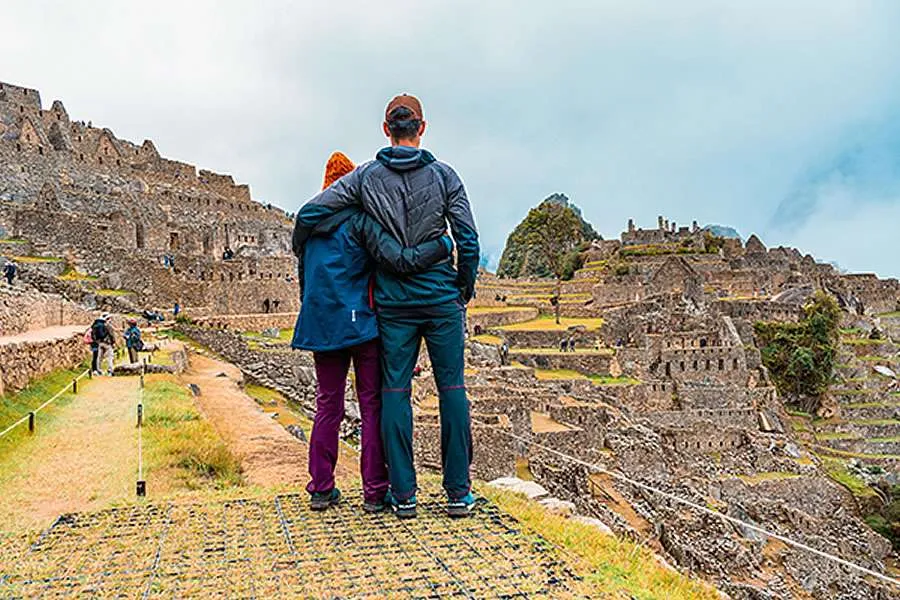
Since June 2024, Machu Picchu visits are organised into 3 main circuits comprising 10 official routes. Each offers distinct focuses: some designed for classic photos, others for complete archaeological tours, and others for challenging hikes or secondary routes. All share the same base price but don't offer identical experiences.
Circuit 1: Panoramic (Quick Photos)
• 1-A Machu Picchu Mountain: Demanding climb to 10,111 feet. Requires a special entrance.
• 1-B Upper Terrace: Quick access to classic viewpoint. Ideal for photos and fast exits.
• 1-C Sun Gate (Inti Punku): Hike to ancient Inca entrance. Dry season only.
• 1-D Inca Bridge: Short route to stone suspension bridge. Limited seasonal access.
Best for: Time-pressed travellers, those with mobility limitations, or those seeking only the iconic photo. Doesn't include temples or internal zones.
Circuit 2: Classic (Complete Experience)
• 2-A Designed Route: Complete archaeological tour including Guardian's House, Temple of the Sun, Three Windows, Sacred Plaza, Intihuatana.
• 2-B Lower Variant: Lower route through quarries with fewer stairs but substantial content.
Best for: First-time visitors wanting to see essentials without missing key elements. Includes temples and panoramic views.
Circuit 3: Royal (Deep Exploration)
• 3-A Huayna Picchu: Steep, popular hike. Includes the lower area plus the mountain.
• 3-B Ritual Zones: Lesser-known temples, quarries, and sacred precincts without a classic viewpoint.
• 3-C Great Cavern: Includes Temple of the Moon, high season only.
• 3-D Huchuy Picchu: Short route with good lateral views. Less demanding.
Best for: Return visitors or those seeking more archaeological or physical experiences. Doesn't include the famous elevated photo opportunity.
ESSENTIAL PLANNING TIPS
1. Advance Ticket Purchase
The safest way to access Machu Picchu is by purchasing tickets online at least 4 months in advance through the official Ministry of Culture Peru website or authorised agencies. Tickets are nominative with fixed entry times.
Since 2023, the government has enabled limited on-site sales in Aguas Calientes (around 1,000 daily tickets). This risky option involves pre-dawn queues and rapid sell-outs. Not recommended for time-limited visits or peak travel dates.
Bottom line: Don't improvise. If Machu Picchu is central to your trip, book everything well in advance. Arriving without tickets is gambling with your destination.
2. Required Documentation
Present your passport (or valid ID) with printed or digital ticket. Mismatched information prevents entry.
3. Entry Times and Duration
Nine time slots are available between 6:00 AM and 2:00 PM. Entry is only permitted at your exact ticket time. Maximum stay varies from 2.5 to 4 hours depending on the chosen circuit.
4. Guide Requirements
For all circuits, guides are highly recommended. Groups cannot exceed 10 people per guide.
5. Prohibited Items
No food, snacks, plastic bottles, walking sticks without rubber tips, drones, large tripods, or bulky backpacks allowed. Security checkpoints inspect all luggage.
COST BREAKDOWN (PER PERSON)
• General entrance (base circuit): $45 – Main ruins only
• With Huayna Picchu or Machu Picchu Mountain: $56–150 – Demanding hike, limited availability
• Round-trip train: $120–500 – From basic tourist to luxury Hiram Bingham
• Bus (Aguas Calientes–Machu Picchu): $24 – Official ecological shuttle
• Tour guide (shared/private): $15–30 – Strongly recommended, sometimes required
• Lodging (1 night in Aguas Calientes): $20–200 – From hostels to boutique hotels
• Meals (full day): $15–40 – Local menus to gourmet cuisine
Total estimated cost: $250-700, depending on traveller type
Prices vary by nationality, age (children, seniors), and valid student ID presentation. Train options range from basic to luxury experiences. Accommodation spans budget hostels to boutique hotels. Meals available from $5 menus to gourmet options.
IS MACHU PICCHU WORTH IT?
Yes, Machu Picchu is worth it, but not for quick photos or casual visits. It was never a monument to be admired from afar. It is a city designed to live in harmony with the mountain, to align with the sun, and to endure for centuries through intelligent design.
To truly understand what makes it so powerful, you need more than a ticket. You need the right timing, the right circuit, and a guide who doesn’t just show you stones but reveals the meaning behind them. That is when the journey becomes something deeper, a connection with a civilisation that shaped its environment with purpose and precision.
If you want to experience Machu Picchu with that level of depth and care, Inkayni Peru Tours is a certified local operator that understands the land, the culture, and how to guide travellers with intention.
For those ready to experience Machu Picchu as it deserves to be experienced, with respect, understanding, and proper guidance, the journey begins with a single step: planning it right


